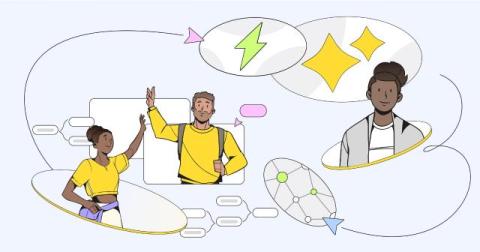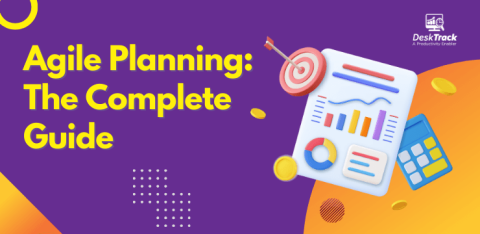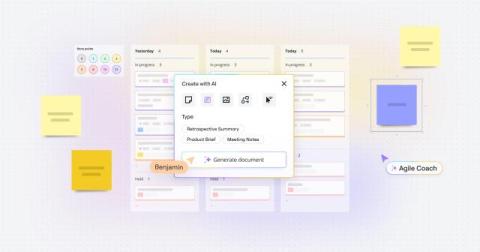The importance of Scrum tools in Agile workflows
They say a craftsperson is only as good as their tools. The same can be said for a Scrum team. While people are at the heart of a successful Scrum project, they’re only as effective as the tools that drive their processes forward. This article explains the importance of Scrum tools, walks through best practices for their implementation, and highlights our favorite applications that you need in your Scrum tool belt for better team alignment and product development outcomes.










